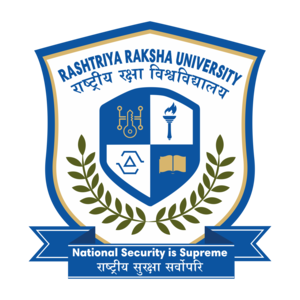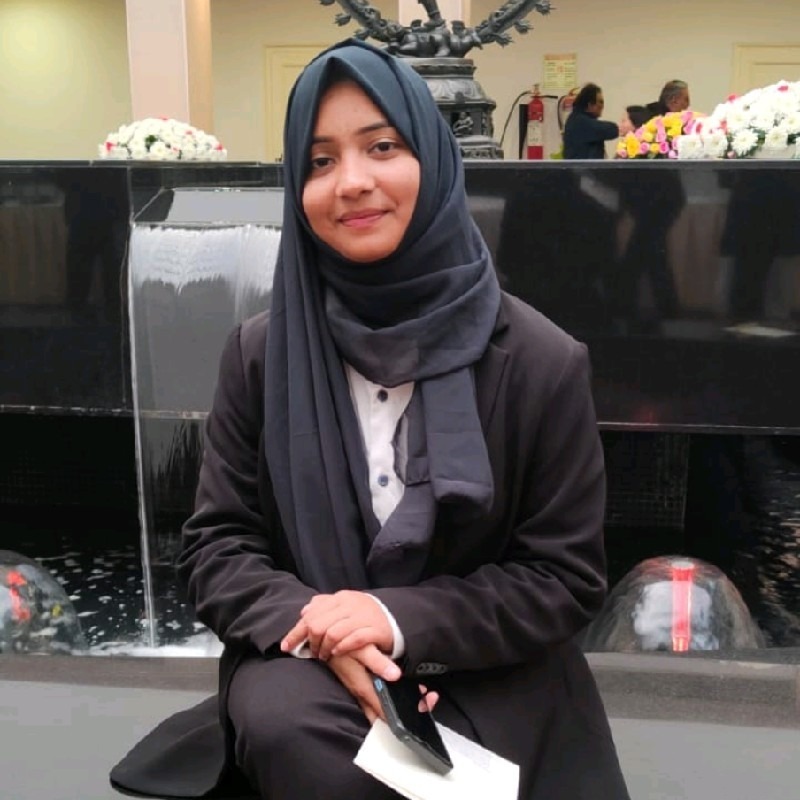
Child Protection and Role of NHRC and Other Agencies
CHILD PROTECTION AND ROLE OF NHRC AND OTHER AGENCIES
- Radhika Choubey, NMIMS, Mumbai
INTRODUCTION
Children are the fate of a nation. They bring the improvement and success to the nation. In any case, as we as a whole realize that the children are the most helpless piece of the general public and can be effortlessly focused on. In India there are numerous laws and Acts identified with children so as to ensure them and to give them a superior and sound improvement. Truth be told, certain child issues are one of the serious issues in world thus as to battle and fix certain issues at an International level there are sure arrangements as well.
There are sure associations both in Indian and International level in order to watch and forestall certain issues looked by children. Such as: - CRY (Child Rights and You), Childline Indian foundation, UNICEF, CIVICUS.
There are sure information\'s which gives us solid evidence of children being misused, abused, being labored both in India just as around the globe.
There are 33 million child workers between the ages of 5-18 years in India according to Census 2011 information, and 10.13 million between the ages of 5-14 years. Around the world, in excess of 200 million children are occupied with a few or the other types of work of whom in any event 115 million are dependent upon its most exceedingly awful structures. 1 in each 11 children in India attempts to acquire a living, as per measurements by Action Aid India. An ongoing investigation by CRY of registration information in the nation shows that the general abatement in child work is just 2.2 percent year on year, in the course of the most recent 10 years. Additionally, it has uncovered that child work has developed by more than 50 percent in urban territories.
Our constitution also mentions many provisions to protect every citizen’s life and dignity in several aspects-
Article 15(3) - Empowers the State to make special legal provision for children. It makes mandate to the government to ensure children’s welfare constitutionally.
Article 21 - Guarantees right to live with dignity to every citizen of India. Therefore, children should not be taken for granted. It also mandates free & compulsory education for all the children in the age group of 6- 14 yrs.
Article 23 - Puts total ban on forced labour & is punishable under the Act.
Article 24 - Prohibits employment of children in hazardous factories below the age of 14yrs.; e.g.: mine, match industries etc.
Child protection frameworks are a lot of for the most part government-run administrations intended to ensure children and youngsters who are underage and to energize family dependability. UNICEF characterizes a \'child protection framework\' as: the arrangement of laws, approaches, guidelines and administrations required over every single social part – particularly social government assistance, instruction, wellbeing, security and equity – to help avoidance and reaction to protection-related dangers. These frameworks are a piece of social protection, and stretch out past it. At the degree of avoidance, their point incorporates supporting and fortifying families to diminish social rejection, and to bring down the danger of detachment, savagery and abuse. Duties are frequently spread across government offices, with administrations conveyed by neighborhood specialists, non-State suppliers, and local gatherings, making coordination among segments and levels, including routine referral frameworks, an essential segment of compelling child protection frameworks.
ORGANIZATION/ AGENCIES IN INDIA
Child rights are also viewed as the most important of all human rights legislation, since they determine the prospects for present and future generations of Indians. "Children\'s rights" have fundamentally changed; from the medieval times, which wouldn\'t perceive the idea of a childhood and saw children work next to each other with grown-ups to the present comprehension of sustaining a child\'s remarkable character while giving him access to necessities.
Children\'s rights apply to the exceptional protection and care those minors younger than 18 are given. In light of universal enactments, these incorporate right to relationship with the two guardians, physical protection, nourishment, free instruction, social insurance, and legitimate protection from viciousness or separation.The roles of some of the organizations are given below:
CONVENTION ON THE RIGHT OF CHILDREN (CRC)
The United Nations Convention on the Rights of the Child is a human rights bargain which sets out the common, political, financial, social, wellbeing and social rights of children. The Convention characterizes a child as any person younger than eighteen, except if the period of lion\'s share is accomplished before under national enactment.
NATIONAL POLICY FOR CHILDREN (NCP)
The Government has embraced another National Policy for Children, 2013 on 26th April, 2013. The Policy perceives each individual underneath the age of eighteen years as a child and covers all children inside the region and purview of the nation. It perceives that a multispectral and multidimensional methodology is important to make sure about the rights of children. The Policy has distinguished four key need zones: endurance, wellbeing and nourishment; training and improvement; protection and cooperation, for centered consideration. As children\'s needs are multi-sectoral, interconnected and require aggregate activity, the Policy calls for intentional intermingling and coordination across various parts and levels of administration.
NATIONAL INSTITUTE OF PUBLIC CO-OPERATION & CHILD DEVELOPMENT (NIPCCD)
Strategic NIPCCD is to go about as a research organization, impetus and innovator of child rights, child protection and child advancement programs by seeking after limit working of child improvement functionaries, research and assessment, systems administration, consultancy and warning administrations just as arrangement of specific administrations through between disciplinary groups with the targets to:
1. Create and advance willful activity in social improvement through preparing and limit working of Government and Non-Government functionaries;
2. Take an exhaustive perspective on child advancement through research and create devices/plan for supporting usage of Government plans and programs and;
3. Organize Meetings of MWCD with Stakeholders under various Schemes/Programs and Policies for assisting the targets and give criticism.
They significantly direct, advance, support and work together in research and assessment concentrates in intentional activity and in child improvement and audit programs for children in the light of the National Policy for children and distinguish issues and needs in the territory of willful activity and child advancement and recommend ways to deal with meet them and prompt the Central and State Governments and its offices, and different establishments, in the further advancement and execution of strategies for child advancement and deliberate activity and to offer specialized assistance offices to government and willful associations in the plan and usage of projects of child advancement and willful activity.
NATIONAL HUMAN RIGHTS COMMISSION (NHRC)
The National Human Rights Commission (NHRC) of India was set up on 12 October, 1993. The rule under which it is built up is the Protection of Human Rights Act (PHRA), 1993 as altered by the Protection of Human Rights (Amendment) Act, 2006. It is in similarity with the Paris Principles, received at the primary worldwide workshop on national organizations for the advancement and protection of human rights held in Paris in October 1991, and embraced by the General Assembly of the United Nations by its Regulations 48/134 of 20 December, 1993. The NHRC is an exemplification of India\'s anxiety for the advancement and protection of human rights. Segment 2(1) (d) of the PHRA characterizes Human Rights as the rights identifying with life, freedom, uniformity and nobility of the individual ensured by the Constitution or encapsulated in the International Covenants and enforceable by courts in India.
National Human Rights Commission of India, answerable for the protection and advancement of human rights, characterized by the Act as "rights identifying with life, freedom, correspondence and nobility of the individual ensured by the Constitution or typified in the International Covenants".
ORGANISATIONS/ AGENCIES IN WORLD
Some of the agencies are-
UNICEF
The United Nations International Children\'s Emergency Fund was made by the United Nations General Assembly on 11 December 1946, to give crisis nourishment and social insurance to children in nations that had been crushed by World War II.
In 1950, UNICEF\'s command was stretched out to address the long haul needs of children and ladies in creating nations all over. In 1953 it turned into a lasting piece of the United Nations System, and the words "universal" and "crisis" were dropped from the association\'s name, making it essentially the United Nations Children\'s Fund, holding the first abbreviation, "UNICEF".
RED CROSS
The International Federation of Red Cross and Red Crescent Societies (IFRC) was established in 1919 and today it organizes exercises between the 190 National Red Cross and Red Crescent Societies inside the Movement. On a universal level, the Federation leads and arranges, in close participation with the National Societies, alleviation help missions reacting to huge scope crises. The International Federation Secretariat is situated in Geneva, Switzerland. In 1963, Volume 6 Issue 1 and 2 the Federation (at that point known as the League of Red Cross Societies) was granted the Nobel Peace Prize mutually with the ICRC.
REFERENCES :-
1. Constitution of India, 1950.
2. The protection of Human Rights (Amendment) Act, 2019.
3. The Commission for Protection of Child Rights Act, 2005.
4. Dr. Savita Bhakhry,” Children in India and their right” (Published in 2006, National Human Rights Commission).
5. Dr. Sandeep Kumar, ’Protection and Promotion of Human Rights in India: Role of National Human Rights Commission’ [2017] worldwidejournals.com.












